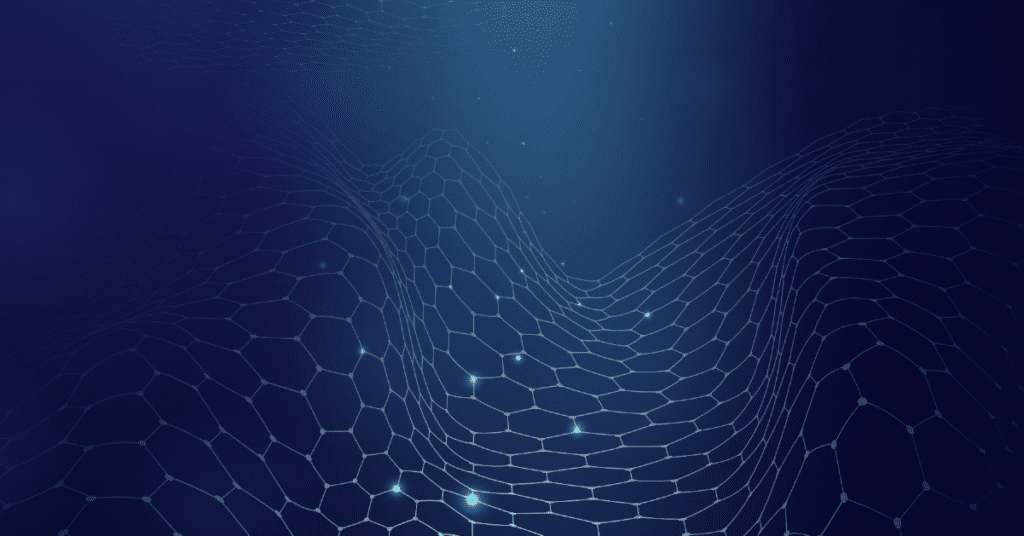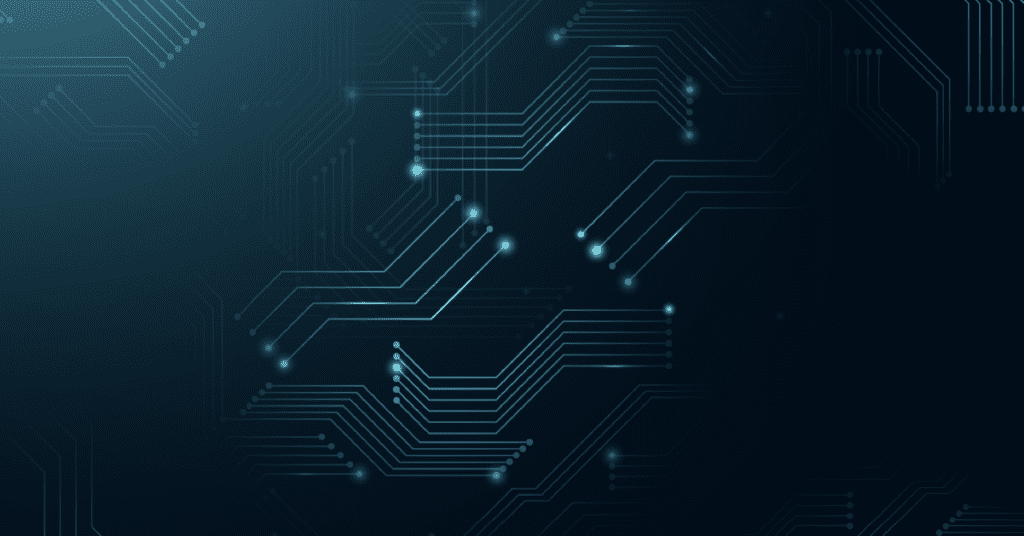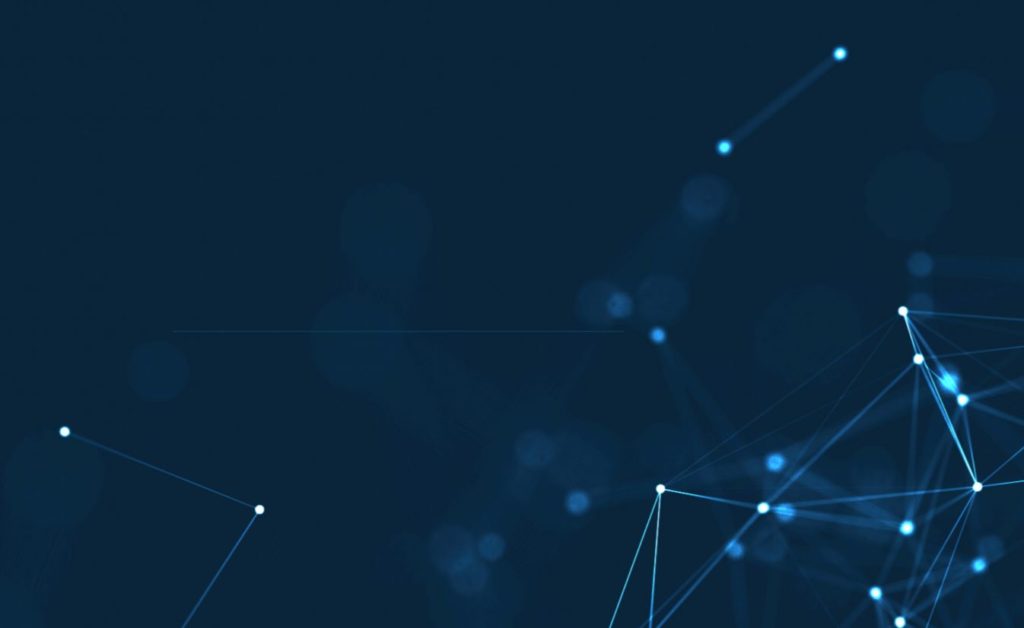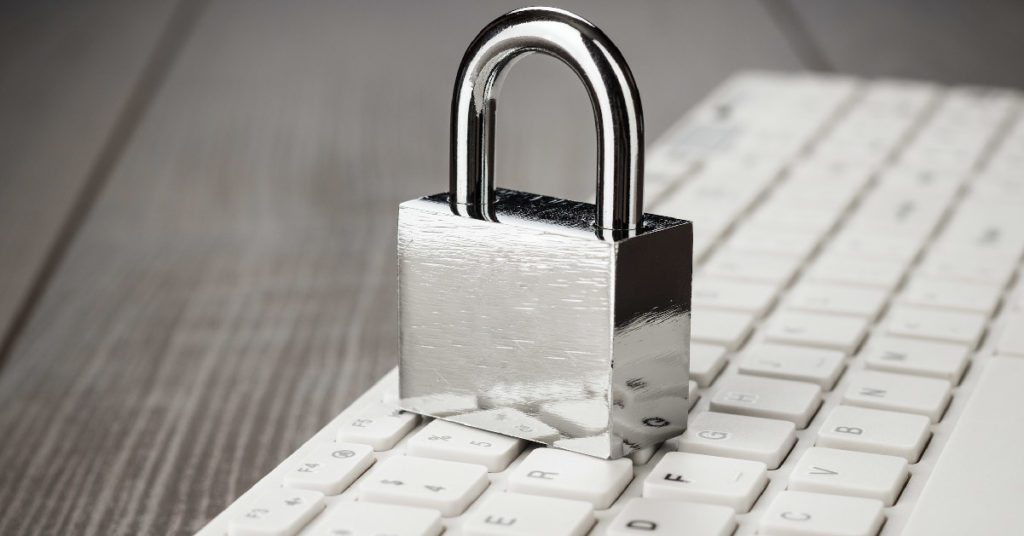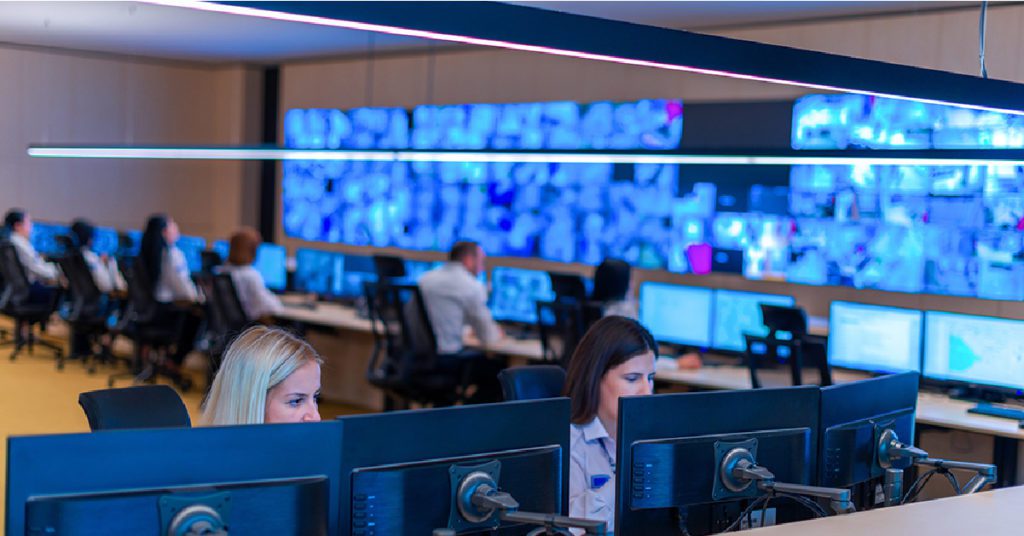Mixmode Blog
Lorem ipsum dolor sit amet, consectetur adipiscing elit.
Why Training Matters – And How Adversarial AI Takes Advantage of It
The following is an excerpt from our recently published whitepaper, “Self-Supervised Learning – AI for Complex Network Security.” The author, Dr. Peter Stephenson, is a cybersecurity and digital forensics expert having practiced in the security, forensics and digital investigation fields for over 55 years. Section 4 – Why Training Matters – And How The Adversary …
Why Training Matters – And How Adversarial AI Takes Advantage of It Read More →
Read MoreNew Video: How is MixMode Different From Today’s Network Security Tools?
With MixMode in the center of a program, we will make all the other security investments that you’ve made, better. So when you send data to your SIEM, when you send data to your SOAR, you don’t want those products to be overwhelmed with false positive alerts, with data you don’t need.
Read MoreMachine Learning, Deep Learning and Neural Networks, Oh My!
Deep learning makes decisions based upon the data it sees and the data that it doesn’t see but infers from what it does see. This became useful in the AV industry when the adversary introduced polymorphic viruses. These are viruses that change their appearance on the fly and not always in the same way.
Read More4 Challenges of Stand-Alone SIEM Platforms
While SIEM is undoubtedly a step up from unmonitored network environments, the inherent nature of today’s SIEM software often falls short in several important ways. SIEM is an outdated solution for adequately protecting networks within the modern threatscape.
Read MoreWhitepaper: Self-Supervised Learning – AI For Complex Network Security
Artificial Intelligence – or AI – has become a buzzword since it emerged in the 1950s. However, all AI systems are not created equal. In our white paper, “Self-Supervised Learning – AI For Complex Network Security,” Dr. Peter Stephenson explains the different “waves” of artificial intelligence. He uses the DARPA definitions for each of these …
Whitepaper: Self-Supervised Learning – AI For Complex Network Security Read More →
Read MoreEncryption = Privacy ≠ Security
For the past few years, many have been talking about the changing “threat landscape” as it pertains to the increase in zero day, insider and phishing threats. While all of these threats are on the rise, and constitute a concern, there is, perhaps, an even larger shift presenting a threat to enterprises – the shift …
Encryption = Privacy ≠ Security Read More →
Read MoreHow the Role of the Modern Security Analyst is Changing
As organizations began to rely more heavily on networking to carry out their operations over the past decade, IT teams added security analyst positions. These professionals focused on network security and providing regulatory compliance oversight. Over time, the role of the security analyst has expanded to include threat hunting tasks. That is, evaluating security platform …
How the Role of the Modern Security Analyst is Changing Read More →
Read MoreOne Thing All Cybersecurity teams Should Have During COVID-19
COVID-19 has caused most corporate businesses that remain open to shift to a work from home, remote workplace. Because of this, the cybersecurity industry has been turned on its head. Security teams went from monitoring and protecting established network environments to quickly pivoting their tools, resources, and oversight to manage a distributed workforce. This has …
One Thing All Cybersecurity teams Should Have During COVID-19 Read More →
Read MoreThe Cybersecurity Processes Most Vulnerable to Human Error
The world’s reliance on fast, reliable, secure networks has likely never been as apparent as it became in early 2020, when the world responded to the Coronavirus pandemic. Suddenly, vast swaths of the global workforce needed to access and send enormous stores of data from home. In some ways, it couldn’t have happened at a worse time.
Read More



